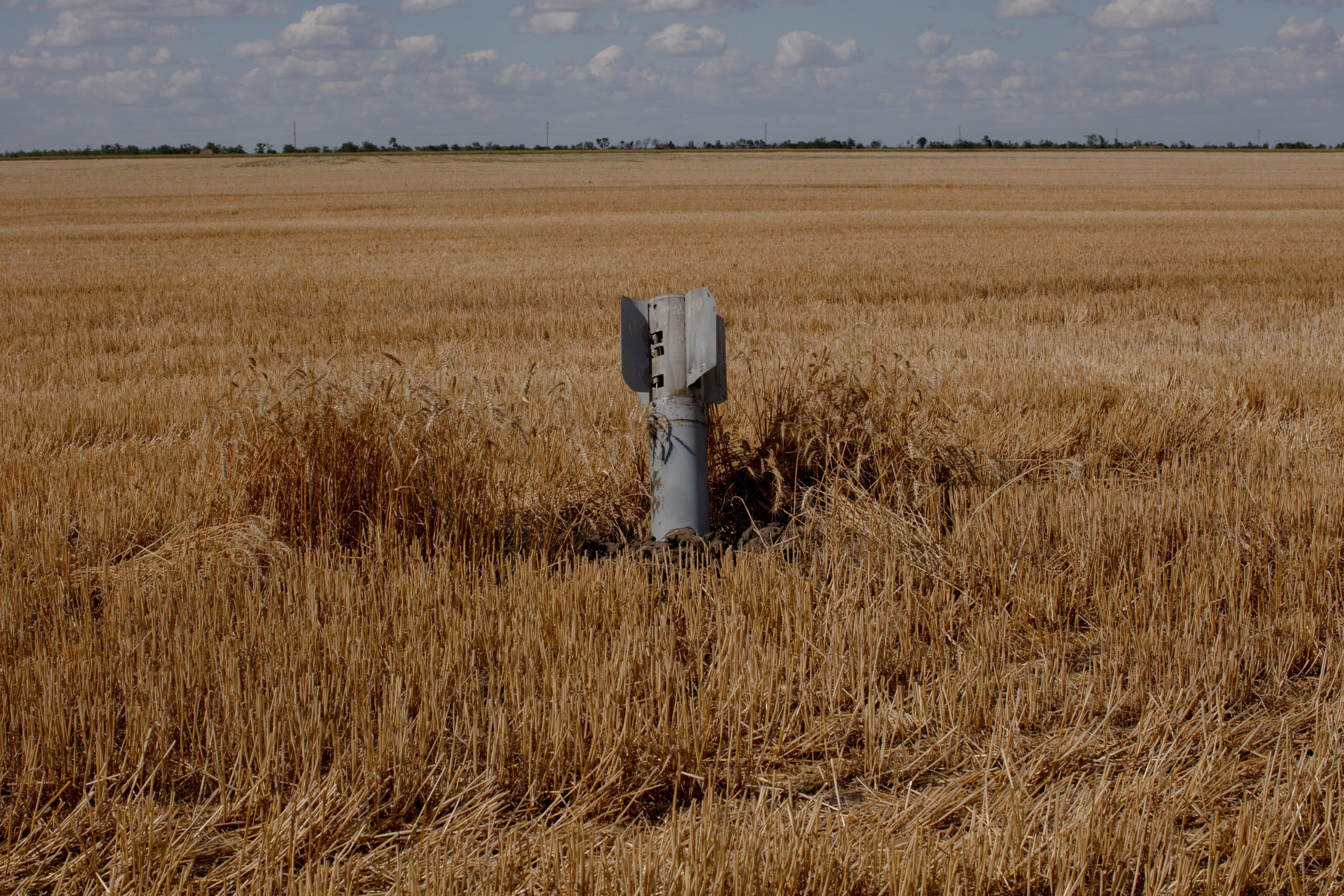It’s a late July morning, high summer in southern Ukraine, and Nadiia Ivanova’s farm blooms with waist-high sunflowers, golden stalks of flax and bushes of cilantro. The earthy smell of freshly harvested wheat lingers in the air.
Ivanova is doing her rounds of the sprawling farm, inspecting bags of mustard seeds, ensuring her dried peas are getting enough air and checking on the barley. The 42-year-old has known this land since she was a child, when her father was the manager, and she has a commanding presence when speaking with her workers.
Usually at this time of year, Ivanova is busy organizing transport of wheat—the farm’s main export— to nearby ports on the Black Sea, where it will make its way to shops and bakeries around the world. But months into Russia’s invasion of Ukraine, the war has brought Ukraine’s ports to a near standstill, exacerbating an already growing global food crisis.

This year, Ivanova is surprised to have even made it this far at all. The regional capital of Mykolaiv, just 8 miles southwest, is shelled by Russians on a near-daily basis, turning hotels, schools and universities into dust and rubble. To her east is the Russian-occupied Kherson region, only 10 miles away.
“My nervous system is shot,” Ivanova says, standing on the edge of her sun-kissed land. At almost 10,000 acres, the multi-generational “Golden Spike” farm is large—similar in size to the “big agriculture” areas of the American Midwest. For two months over spring, her apricot orchards and rose gardens, a half hour drive from the farm, were under Russian occupation. Several times a day, air raid sirens disrupt the daily rhythms of life on the farm. In the direction of Kherson, two plumes of gray smoke are visible in the distance. “Every day they do something new to us,” she says.
Ukraine’s farmers are not the only ones to suffer. Since Russia launched its full-scale invasion of Ukraine on Feb. 24, the effects have been felt far and wide. Even before the war, the price of basic foods for millions of people was rising due to the climate crisis and COVID 19-related supply chain issues. The pandemic caused the number of food-insecure people around the world to double, to 276 million, according to the World Food Programme. In June, the U.N. said Russia’s invasion of Ukraine had plunged some 71 million more people into poverty, most of them in countries in sub-Saharan Africa and the Middle East, sparking fears of social unrest and outbreaks of new famines. Between the start of the war and May, the price of wheat across Africa went up by nearly half, according to the African Development Bank.
Women and girls are disproportionately affected, accounting for 70% of the world’s hungry, according to Plan International. Especially among the global poor, this has compounding ramifications, from girls’ access to education to the increased risk of early and forced marriage, gender-based violence and unwanted pregnancies. Girls in African countries like Ethiopia and Somalia that rely heavily on Ukrainian wheat have been particularly hard hit.
Some of Ukraine’s farmers are distinctly aware of the responsibility they have in feeding mouths thousands of miles away. “As a mother, I know how it feels to worry for your children, to worry they’re not eating enough,” says Nadezhda Petrovskaya, who has worked on the farm she manages in the Odesa region for most of her 63 years. “Thanks to Russia, now more mothers are having to wonder, ‘will the kids eat tonight?’”
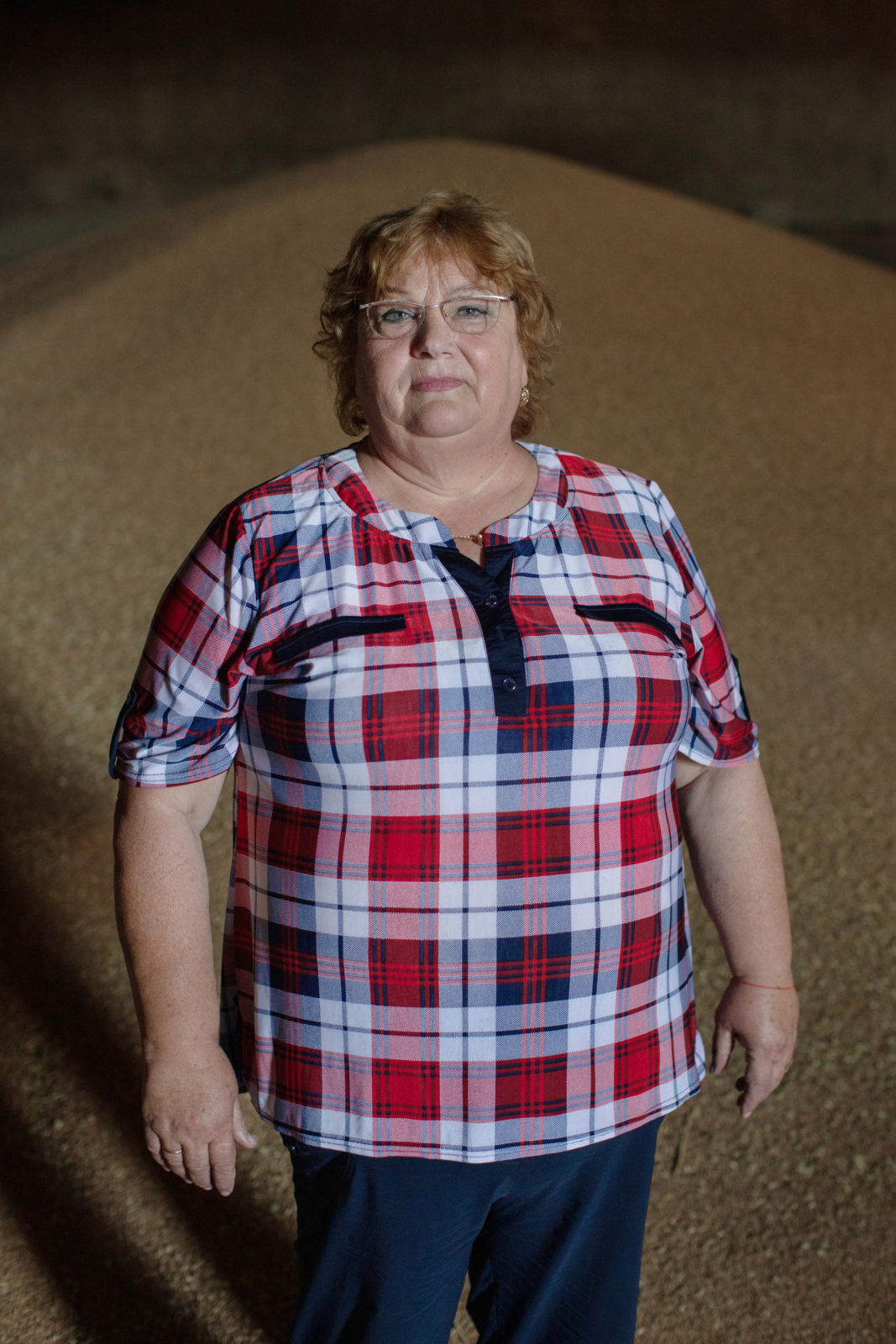
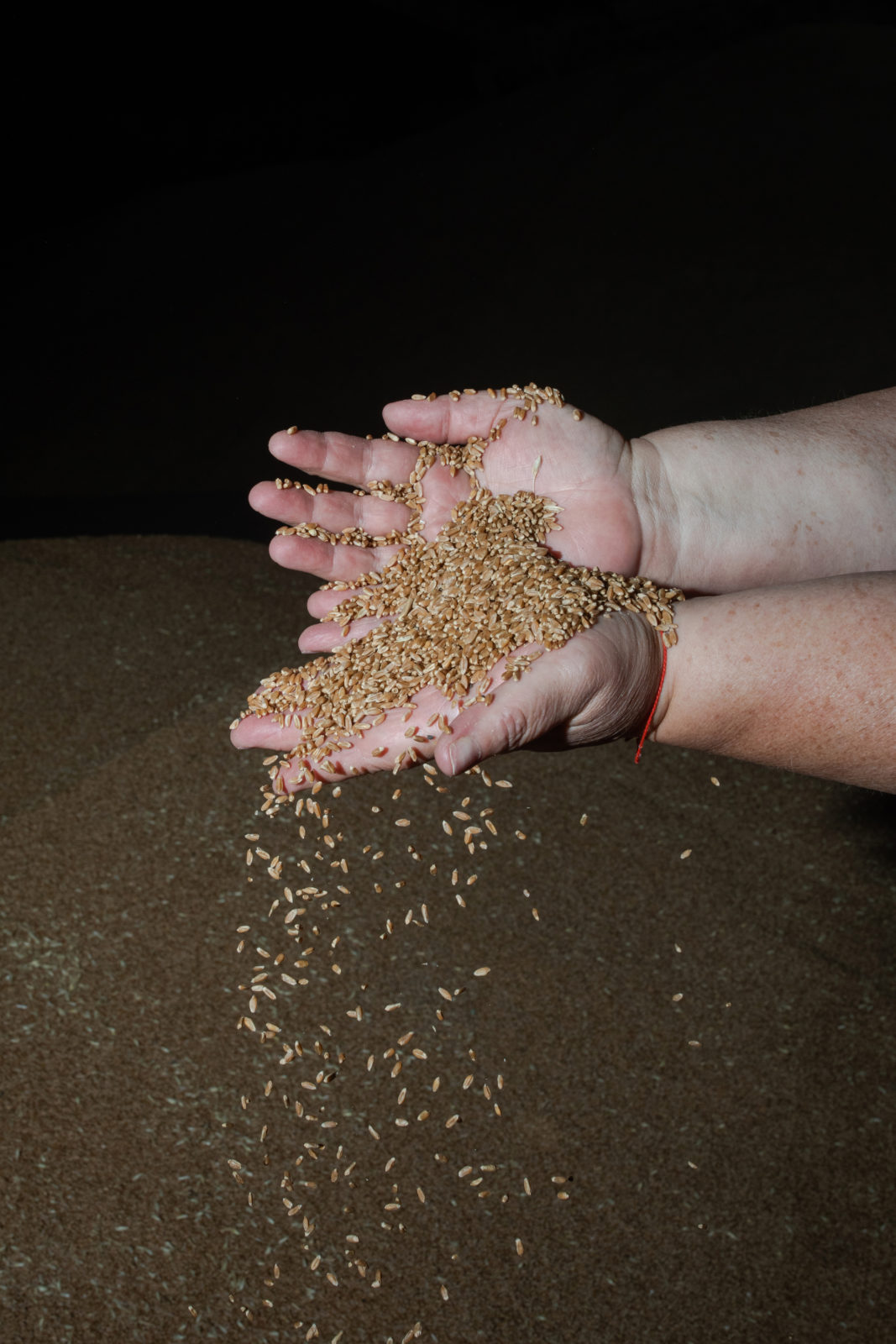
Ukrainian women have long played a major role in agriculture. In the country’s fertile south, which is often hailed as the breadbasket of Europe, they have been crucial in looking after livestock and working the land. But it is only in the three decades following the collapse of the Soviet Union that women have emerged as farm bosses. Ivanova and Petrovskaya both took over their fathers’ farms, putting them among the 10,000 or so women in Ukraine who run a farming enterprise—about 20% of agricultural managers. “As women we have a lot more to offer than milking cows,” Ivanova says.
These farmers are now fighting to ensure their communities are fed and get their crops out to the world. Together, Russia and Ukraine typically export almost a third of the world’s cereal grain, and Ukraine provides half of the world’s sunflower oil supply. Russia has shelled grain depositories and sunflower oil storage tanks in the Mykolaiv port, covering nearby homes and rose bushes in flaming pools of oil and leaving an enduring scent of fried food, even weeks later. The oil’s absence on the global market is already being sorely felt, from the European supermarkets rationing sales to the Indian laborers paying extra for their lunches.
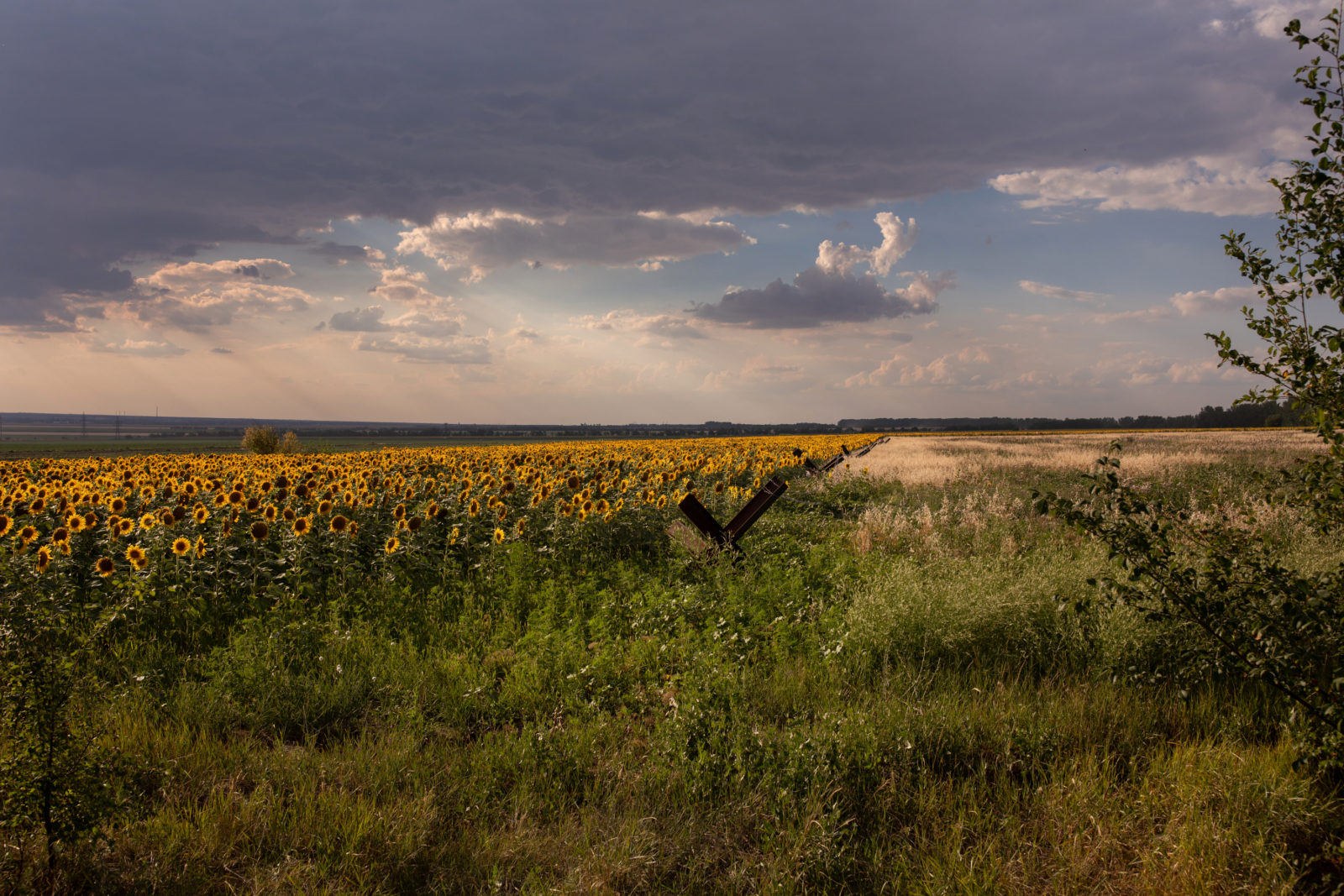
For Ivanova and her 24-year-old daughter, Anastasiia, who also trained as an agronomist and works for the family business, farming these days feels like a race against time. The war is constantly shifting shape, as the Russian invaders try to penetrate more land and Ukraine receives increasing numbers of powerful weapons from Europe and the United States. In mid-September, a massive counteroffensive in Ukraine’s northeastern Kharkiv region liberated 3,000 square miles of land, in a rapid territorial advance that stunned the world. Russia responded by calling up hundreds of thousands of army reservists for the army.
The mother and daughter make a formidable pair. During the chaotic early weeks of the war, when the fighting was closer, droves of Ukrainian soldiers would show up on the farm, needing a place to recharge. Some arrived injured. The duo did what they knew best: they fed them. “We developed a sort of production line,” says Anastasiia, describing how, over weeks, hundreds of soldiers slept in their barns, living off pickled tomatoes, boiled buckwheat and chicken soup. She and her mother made sure the soldiers’ uniforms were washed. When fighting shuts down local shops and banks in the nearby villages, Ivanova sets up the long tables of food, and does it all over again.
Sometimes it can feel like Ivanova’s world is collapsing around her, but she doesn’t show it. With shoulder-length black hair and a radiant smile, she exudes a confident warmth and is quick to laugh. In May, she was due to defend her PhD in economics, a milestone that made her parents especially proud, but the university paused all activity due to the war. In July, her family was shaken when Ukrainian grain tycoon Oleksiy Vadaturksy and his wife were killed by a Russian missile while sleeping in their home in Mykolaiv.
When Ivanova feels low, she remembers the dictum stenciled on her pink acrylic nails: “Don’t wait for a miracle, be the miracle.”
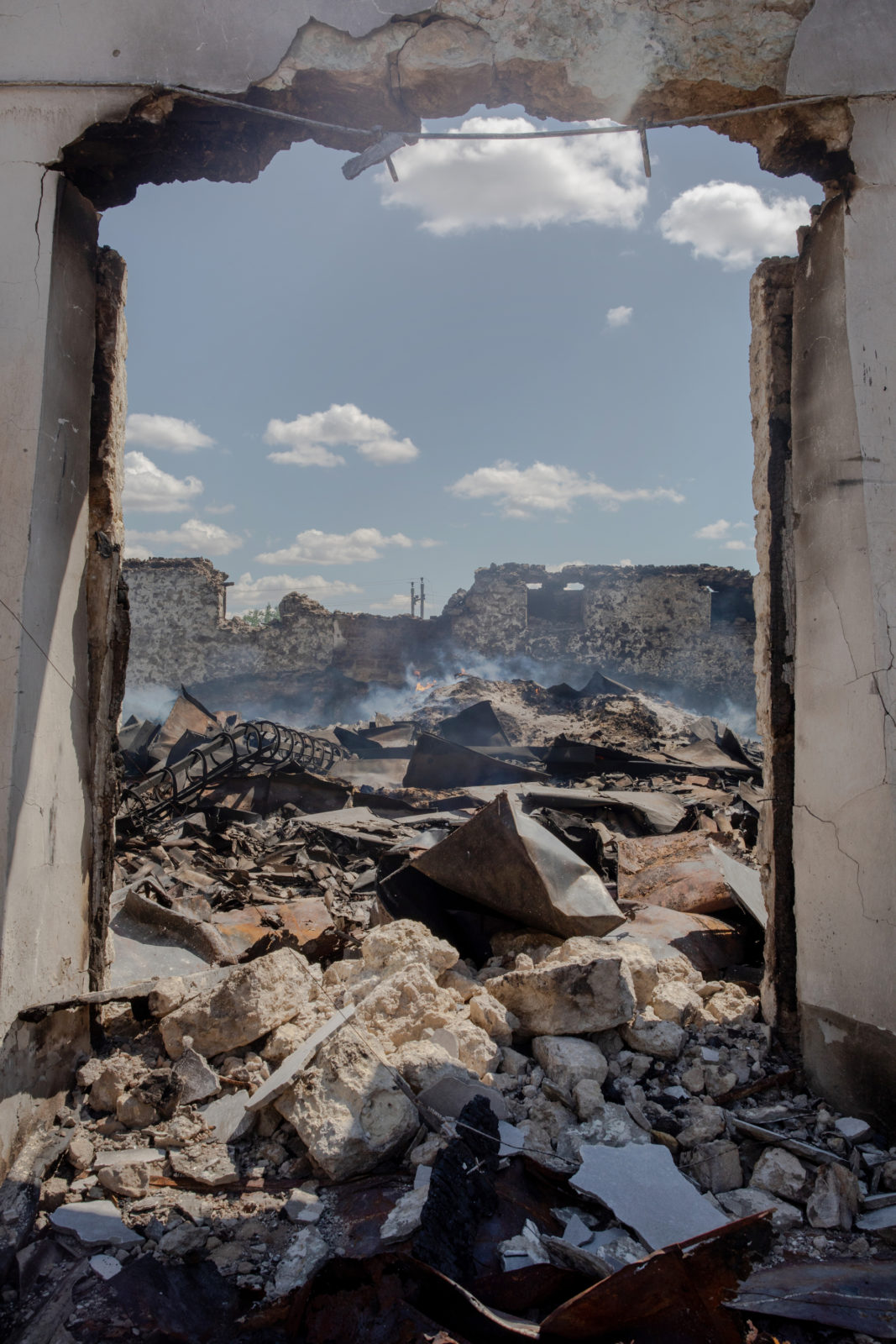
In early March, her farm came under attack. Ivanova and her workers were asleep, exhausted from preparing the fields for the summer harvest. They were woken several hours later by the whistling of missiles and the explosions of cluster bombs.
“I have 45 fields, large and small, and I found a Russian missile in each one of them,” Ivanova recalls. She throws a finger towards one of the missile casings, about a yard long and now gathering dust in the shade. Luckily, no one was hurt in the assault, but equipment worth tens of thousands of dollars was destroyed. The top of a deep blue grain sorter the height of a three-story building was blown apart.
We enter the hangar where her tractors are stored; some of their engines and windshields were ripped to pieces. Ivanova stands before a great hulking machine called a row crop tractor, and sucks her teeth. “I had just taken out a loan to get this,” she says.
The attack left the corrugated iron roof of the building so destroyed that shards of light pierce through. “Welcome to my starry night sky,” she says.
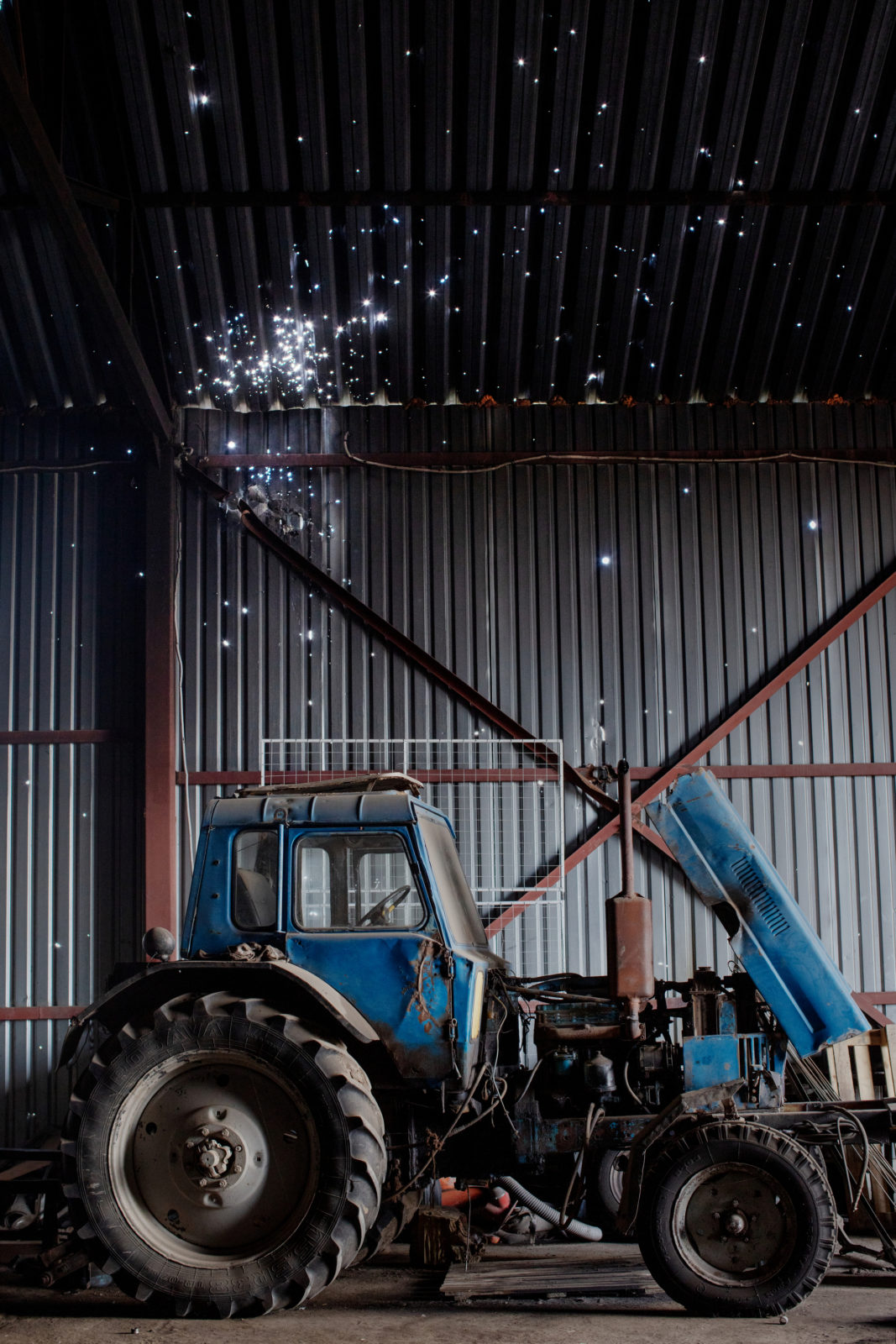
Facing violence on their doorsteps, as well as destroyed equipment, it’s no surprise that many Ukrainian farmers haven’t even been able to fully harvest their crops this year. Even if they manage to, they cannot get their goods out. Russia has occupied the ports belonging to the Mariupol and Kherson regions, and both sides have planted floating sea mines in the Black Sea waters. Instead of crowded beaches with holiday-makers, Ukraine’s southern coast is eerily empty save for skull-and-crossbones warning signs. In mid-June, a Ukrainian man defied the ban and dipped into the sea, only to be decapitated by a mine.
All this means a sizable chunk of grain from last year’s harvest has still not shifted: an estimated 22 million tons—around half of annual exports of wheat, corn and barley—are stuck in Ukrainian silos and warehouses at its ports. It needs to be sold and shipped to make space for this year’s crop.
In late July, the United Nations brokered a deal with Turkey for grain shipments to leave Ukraine, but progress has been very slow. By late August, only 33 boats had departed from Ukraine’s waters under the new agreement (by comparison, Ukraine’s Odesa port, the country’s largest, handles 3 vessels a day on average during peacetime, according to commercial shipping statistics). There are also questions about whether the stored wheat has spoiled without proper ventilation.
Before the war, Ivanova’s farm used six ports in the Mykolaiv region. Now they are all closed. “I’m a realist. There is no way we’re going to sell our grain on the international market this year,” she says. It will be a squeeze for everyone: she is instead selling a tiny amount on the much cheaper, local market to keep her workers employed and keep the farm running. Other farms have exported small orders by road before piling them onto boats on the Danube River, and into Romania. But these are a drop in the bucket.
“It’s a catastrophe,” says Andriy Chicheta, the owner of VVI-Agro, a large farming business in the Mykolaiv region. Sitting in his wood-paneled office, he demonstrates the difficulty by pointing to the narrow neck of a bulbous glass bottle. “How are we going to move everything through that?” Chicheta has developed a system to keep his harvested grain and peas safe “until peaceful times return,” and they now sit under hermetically sealed wraps that stretch across his plowed fields like gigantic white slugs.
Impromptu, hastily constructed storage units are popping up across villages and farms in southern Ukraine, becoming part of the landscape along with the fluttering blue-and-yellow flags, military checkpoints, and anti-tank barricades edging the fields of sunflowers.
Odesa farm owner Petrovskaya is in the process of building one for the huge mounds of sunflower and grain now gathering dust in her barn. The seeds were harvested last year, the pearled wheat a couple of weeks ago. It is soft to the touch and golden in color. “I could bathe in this,” she says, gently running her hands through a shimmering heap.
Earlier that morning, she meandered through her sunflowers under the blazing sunshine of a cloudless sky, pausing every so often to check on the bees scraping out the pollen. “Get to work,” she tells them playfully. Soon, she plans to move her pile of 200 tons of wheat—“about a hundred elephants’ worth!” she jokes—into storage, where it will wait out the war.
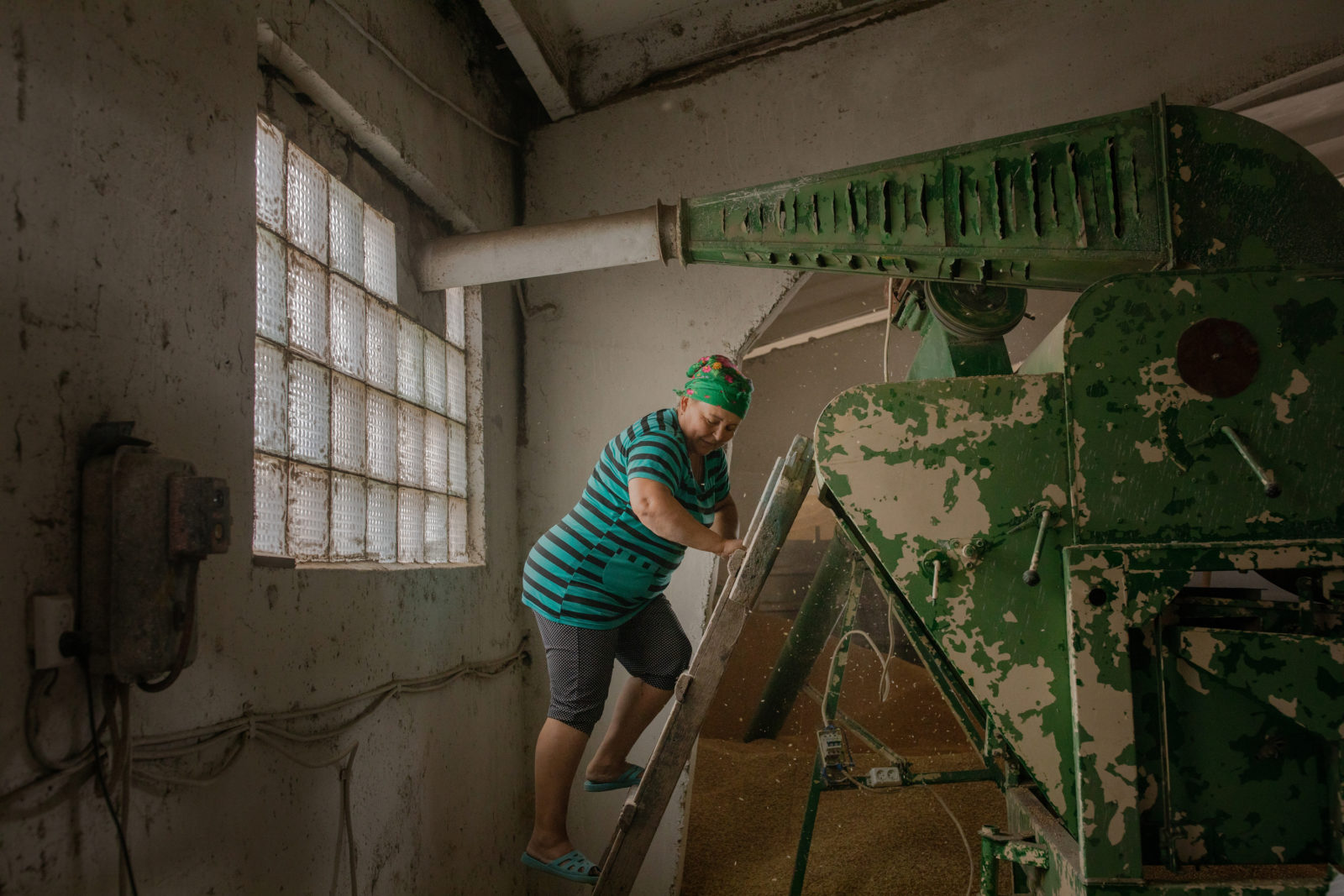
Food is strength, and that means having power. These are the words that farm worker Valentyna Fedorenko lives by. Each morning, just after daybreak, she makes the short walk to the four greenhouses owned by her husband, Volodymyr. In the sweltering heat are shiny eggplants, radishes, garlic, spring onion, tomatoes. Her friend Natalia joins her to pick, sort and clean the vegetables, before bringing them to a local market. Their pet kittens lounge in the shade.
By mid-day, the women are exhausted. “These are our weapons,” Fedorenko says, holding up a bucket of fresh green cucumbers. “By feeding the people, we are equipping them to fight.” The vegetables are also delivered to local kindergartens and shelters for people fleeing nearby areas under Russian control. “There is a constant wave of them,” says Natalia, who only gave her first name, fearing for the safety of her husband who is fighting. “We make sure they won’t go hungry.”
Volodymyr, a veteran of the conflict with Russia that first flared in eastern Ukraine in 2014, should usually be picking alongside the women. But when the greenhouse cooperative was set up two years ago by the Canadian government to help soldiers settle into life back home, no one could imagine that the same veterans would be called back to fight the same enemy in an all-out war. The couple’s teenage son is studying filmmaking in Kyiv. “But it’s alright,” says Valentyna, wiping sweat from her brow. “I am holding the fort.”
She doesn’t know when her husband and the other men from the village will return. A long-awaited counteroffensive is expected soon in Kherson which experts say could ultimately determine the outcome of the war.
For Ivanova, it would also offer a chance to lift up her farm’s spirits and keep them going, despite the constant fear of losing their livelihoods, or being attacked from the sky. “This land has fed people for hundreds of years,” she says. “We don’t have any plans to change that.”


 Amie Ferris-Rotman
Amie Ferris-Rotman